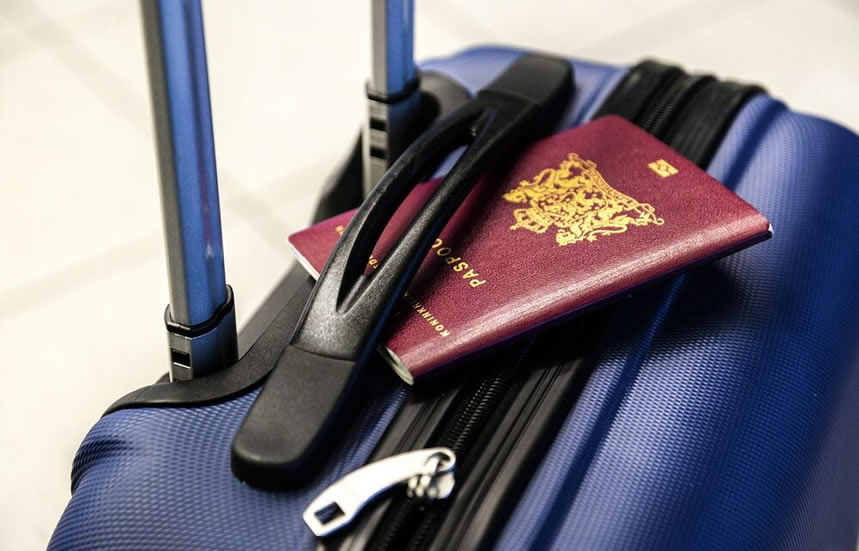1. Choose the Right Season
Best time for safaris: June to October (dry season – ideal for wildlife viewing).
Green season (Nov–May): Great for birdwatching, lush landscapes, and fewer tourists, often with lower rates.
Migration season: July to October in the Masai Mara for the Great Wildebeest Migration.
2. Select Suitable Parks and Duration
Encourage them to combine parks for variety:
Tsavo East & West: Close to Mombasa – elephants, lava flows, scenic drives.
Amboseli: Iconic Mt. Kilimanjaro views and large elephant herds.
Masai Mara: Big cats and the migration.
Lake Nakuru/Naivasha: Flamingos, rhinos, and boat rides.
Samburu: Unique northern species (reticulated giraffe, Grevy’s zebra).
3. Book Early for Peak Season
Advise booking 3–6 months in advance, especially July–October or December holidays.
Early booking secures better lodges and park availability.
4. Understand Safari Accommodation Options
Explain the differences:
Luxury lodges: All-inclusive comfort, private decks, and fine dining.
Mid-range tented camps: Great mix of comfort and authenticity.
Budget camps: Shared facilities, ideal for backpackers or group safaris.
5. Pack Smart and Light
Neutral-colored clothing (avoid white, blue, black).
Hat, sunglasses, sunscreen, insect repellent.
Comfortable walking shoes and a warm layer for chilly mornings.
Camera, binoculars, and extra memory cards.
Soft duffel bags (some safari vehicles have limited luggage space).
6. Health and Safety
Vaccinations: Yellow fever (required for most visitors), malaria prophylaxis recommended.
Travel insurance: Must include medical evacuation coverage.
Hydration: Always carry bottled or purified water.
7. Respect Nature and Local Culture
Keep a safe distance from animals; never feed or touch wildlife.
Limit noise during game drives.
Always follow the guide’s instructions.
Be respectful when photographing locals—ask permission first.
8. Money and Payments
Most lodges accept USD and major cards, but carry some Kenyan shillings (KES) for tips and small purchases.
Tips: $10–$20 per day for the guide, smaller tips for hotel staff.
9. Connectivity and Power
Many lodges offer Wi-Fi in common areas, but not in rooms.
Kenya uses Type G (UK-style) plugs, 240V.
Bring a power bank for cameras and phones.
10. Be Flexible and Enjoy the Experience
Wildlife sightings are not guaranteed—every game drive is unique.
Early mornings and late afternoons are the best for animal activity.
Emphasize patience, adventure, and appreciation of the wild.

